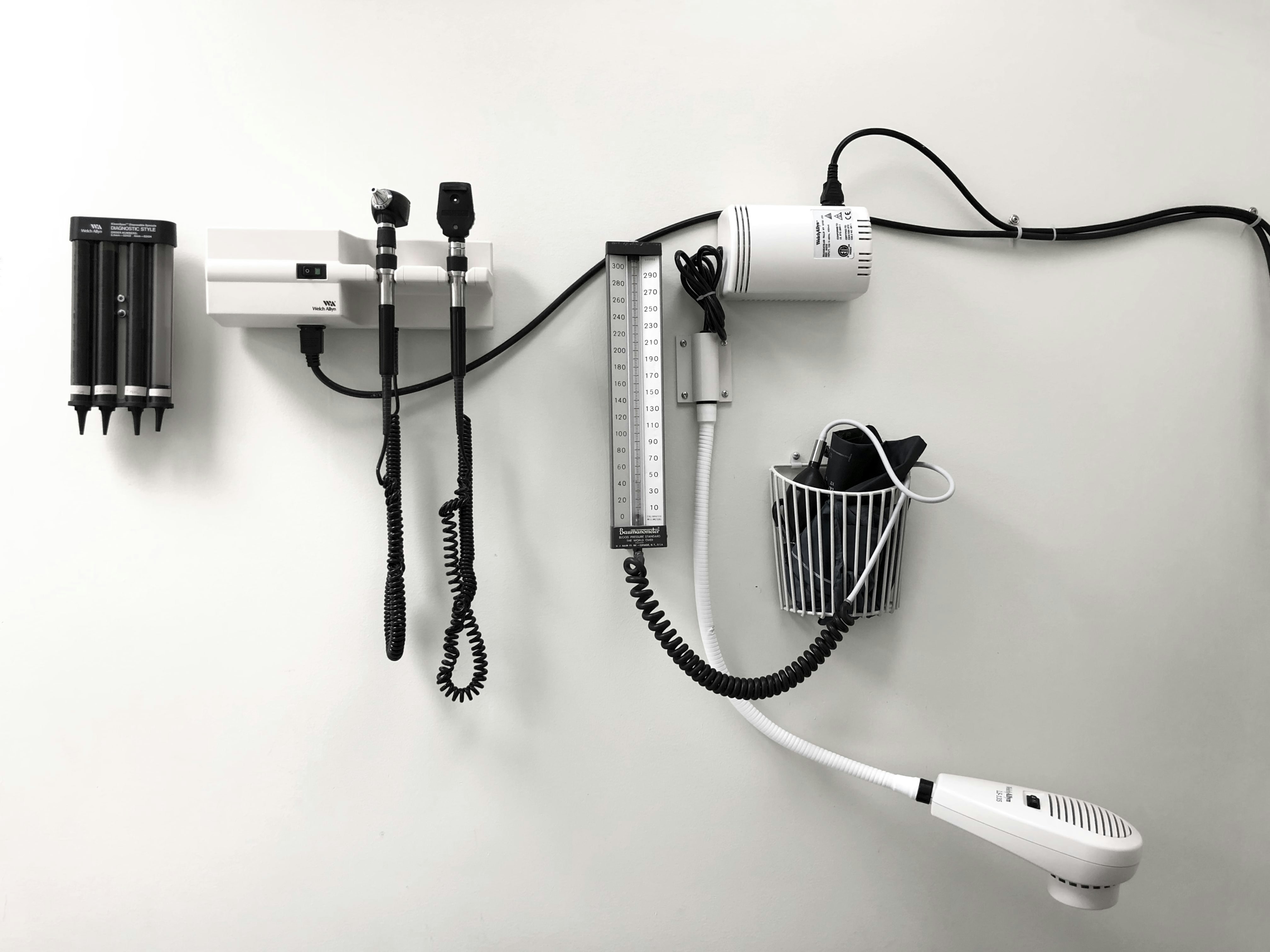
Bringing Medical Devices to Market: A Step-by-step Guide
Taking a medical device from concept to commercialization is a regulated, complicated process. Each stage—from idea to post-market surveillance—requires careful planning to ensure compliance with the FDA and international standards.
Many startups compromise documentation early for speed, leading to delays in regulatory approval. This guide breaks down the process into clear, actionable steps while highlighting essential tools and software to streamline your journey.
The Key Steps
1. Ideation & Concept
Every medical device starts with a well-defined need. This phase includes market research, competitor analysis, and feasibility evaluation to determine if a product is viable and meets regulatory standards.
Platforms like EvaluateMedTech and MedTech Strategist provide competitive intelligence, while IQVIA MedTech and BCC Research help companies estimate market size and demand.
2. Feasibility & Preclinical Development
Early testing ensures technical, regulatory, and commercial feasibility. Companies prototype designs using Protolabs or Stratasys for 3D printing and validate initial risk management strategies following ISO 14971.
Tools like OpenRegulatory and I3CGlobal offer risk assessment templates, while FMEA software from IHI supports failure mode analysis to address early design flaws.
3. Design & Development
This phase formalizes design controls and ensures safety and compliance. Product lifecycle management (PLM) software like Arena PLM and Siemens Teamcenter centralize design history, while Greenlight Guru and Qualio facilitate regulatory documentation.
Human factors engineering, critical to reducing user errors, is guided by FDA’s Human Factors Engineering guidelines, ensuring usability is built into device design.
4. Verification & Validation (V&V)
Verification confirms that the device meets design specifications, while validation ensures it addresses user needs. Electrical safety is tested using tools like Fluke Biomedical ESA620, while mechanical durability can be assessed using CaptivATE.
For clinical trials, platforms like Medpace and Castor EDC streamline patient recruitment and data collection, while VectorCAST and Polarion ALM automate software verification in line with IEC 62304.
5. Regulatory Submission Prep
Companies compile a submission dossier, including design files, test reports, and risk analyses, ensuring compliance with labeling regulations. Accurate documentation is essential to meet FDA 510(k) or PMA submission requirements without delays.
Veeva Vault QMS and NAMSA support FDA submissions, while Loftware and Kallik manage labeling and instructions for use (IFU).
6. Manufacturing & QMS Setup
To implement ISO 13485 and be compliant with FDA manufacturing guidelines, companies must implement a Quality Management System (QMS). Process validation (IQ, OQ, PQ) is managed through platforms like AmpleLogic and Kneat, ensuring consistency in production. QMS tools like MasterControl and Greenlight Guru streamline document control, audits, and supplier management.
7. Market Launch & Distribution
Launching a medical device requires outbound sales, distribution setup, and reimbursement strategies. CRM platforms like AcuityMD and ForceManager optimize sales efforts, while reimbursement planning is guided by resources like the NIH Reimbursement Guide. Securing the right payer codes and early engagement with insurers is critical for market adoption.
8. Post-Market Surveillance & Corrections
Monitoring real-world performance ensures continued compliance and addresses adverse events, recalls, and design improvements. Greenlight Guru and ETQ Reliance manage complaint tracking and corrective actions, while regulatory intelligence platforms like RegDesk and Emergo RAMS keep companies updated on compliance changes.
Final Thoughts
Bringing a medical device to market requires technical expertise, regulatory precision, and strategic execution. By leveraging industry-specific tools, QMS platforms, and regulatory compliance software, companies can accelerate time-to-market while ensuring safety and compliance. Stay proactive with market monitoring, post-market surveillance, and continuous improvement to maintain your device’s success.